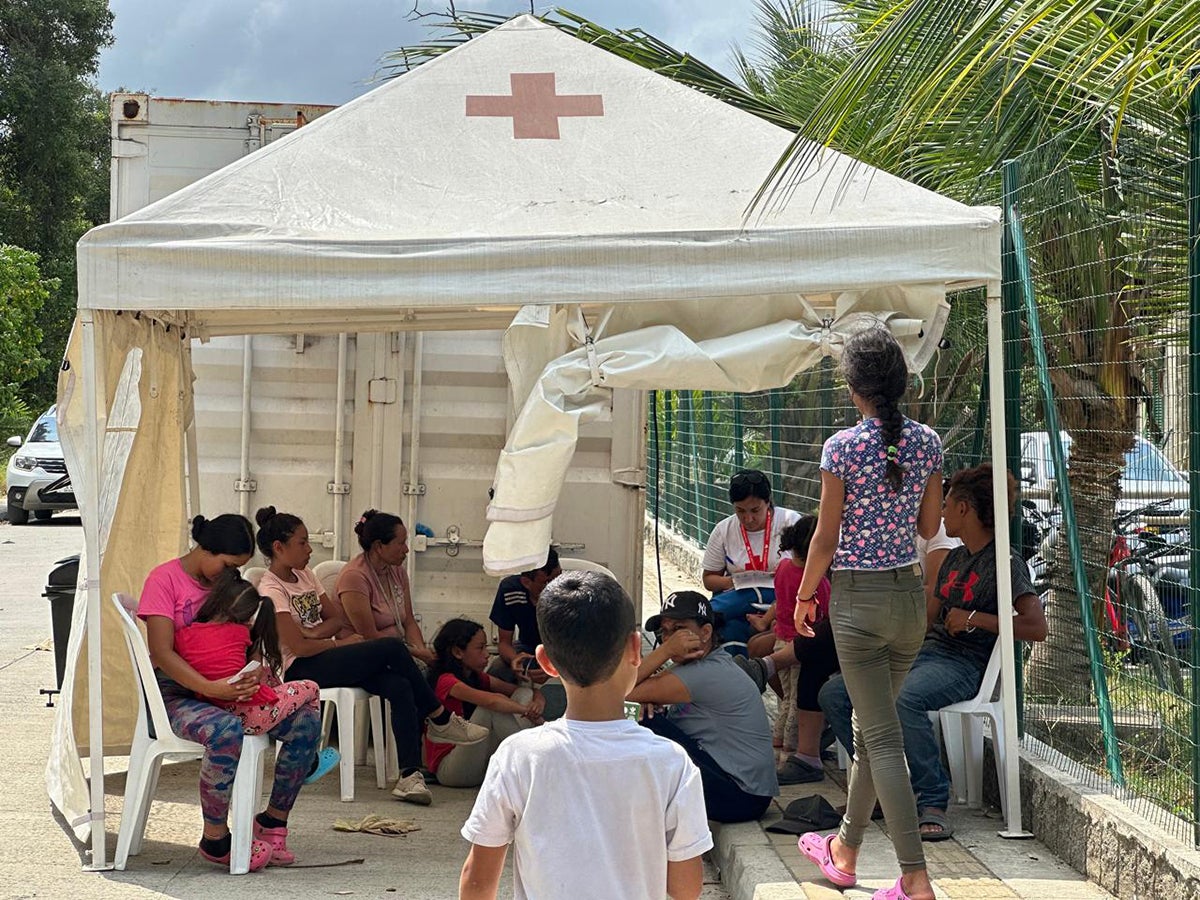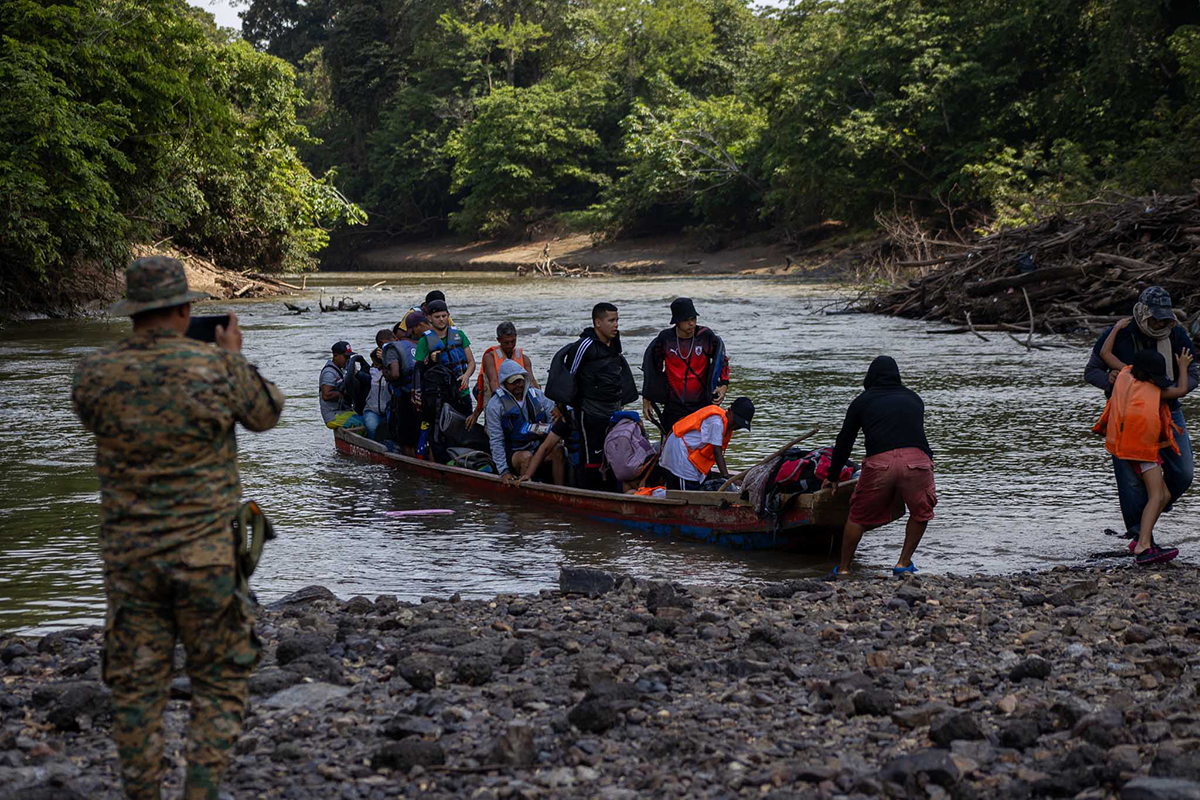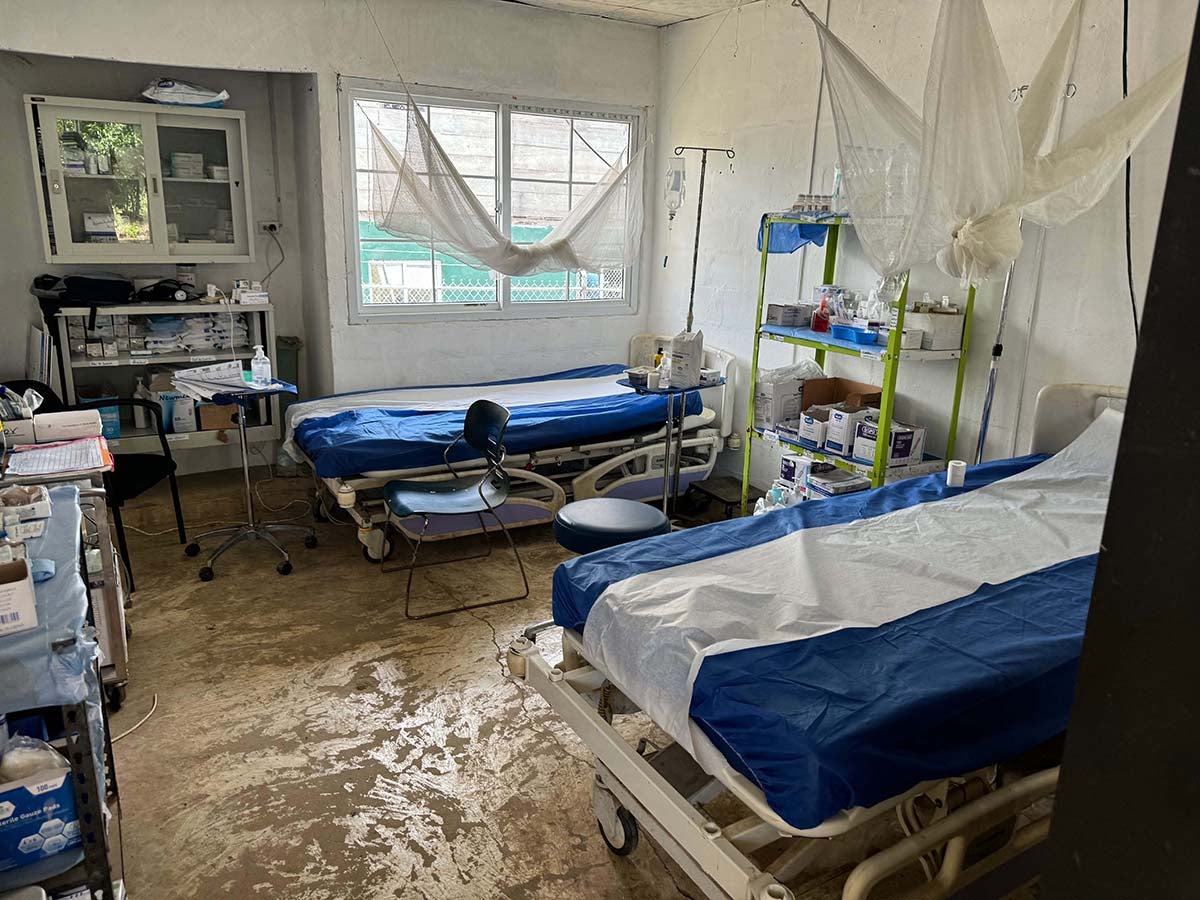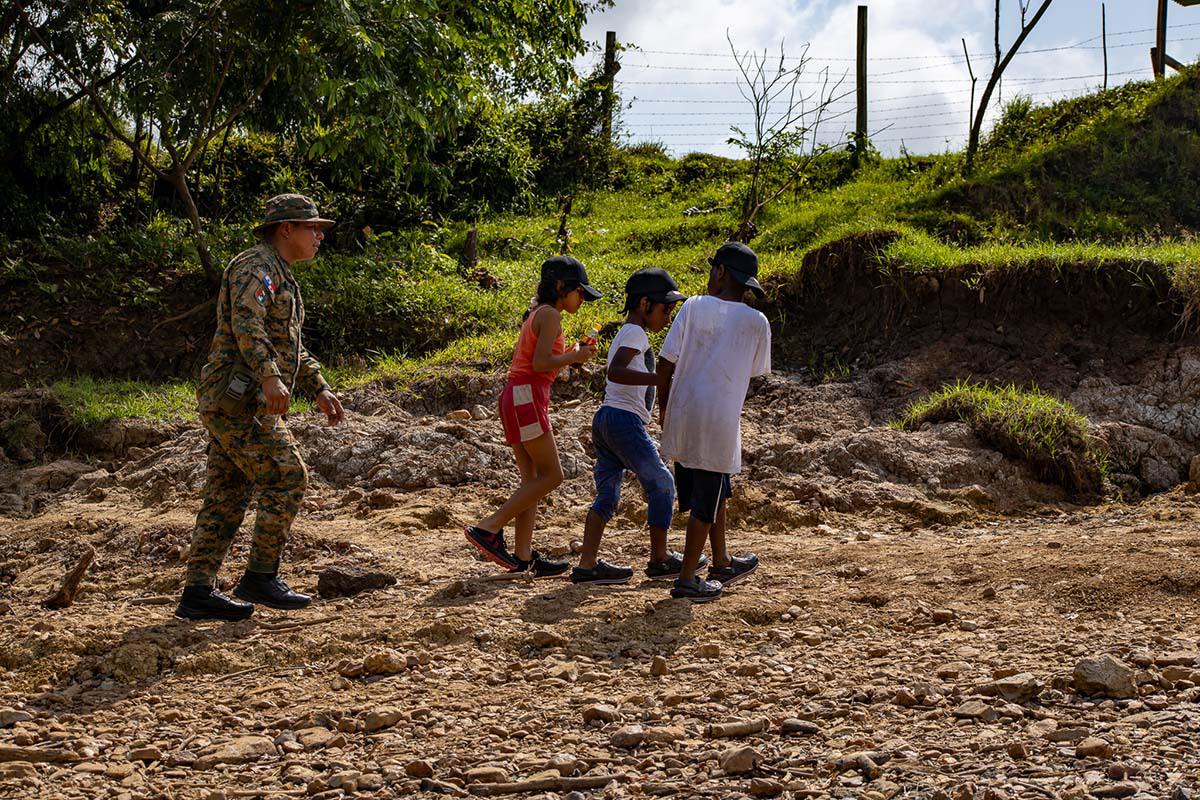The migrant population in transit through the Darien region faces various difficulties and circumstances that exacerbate their vulnerability and increase the demand for health services on both sides of the border. Therefore, it is important to highlight the differences in the provision of health services. Panama’s Constitution grants the entire population in its territory access to the health system, regardless of immigration status or nationality. Colombia, on the other hand, only grants irregular migrants access to life-saving emergency care.
Panama has established some points of care to provide basic and emergency medical services to the migrant and refugee populations, as well as the host population. In Colombia, the number of points of care is more limited, due to the lack of infrastructure in the remote areas of the Darien region. Migrants often have to travel long distances to access publicly provided health care.
Both Colombia and Panama have difficulties with referral and counter-referral of patients, follow-up, and transportation for those who require second- or third-level care. Both countries need to strengthen their infrastructure and increase the availability of human resources, supplies, and medicines to facilitate access to care.
Cooperating organizations are providing important support in responding to the health care needs of the migrant population in both countries. In Colombia, more of the services are provided by these organizations, while in Panama, the government plays an active part in the coordination of health and protection services. However, many health needs are unmet, given the dimensions of the migratory crisis, limited capacities in both countries, the epidemiological situation, the environmental conditions that migrants face en route, and preexisting vulnerabilities.
Initiatives are needed for a more coordinated response, as well as support for the formulation and implementation of public policies. It is also necessary to promote actions to mitigate the negative impacts of migratory dynamics on the health of host communities.
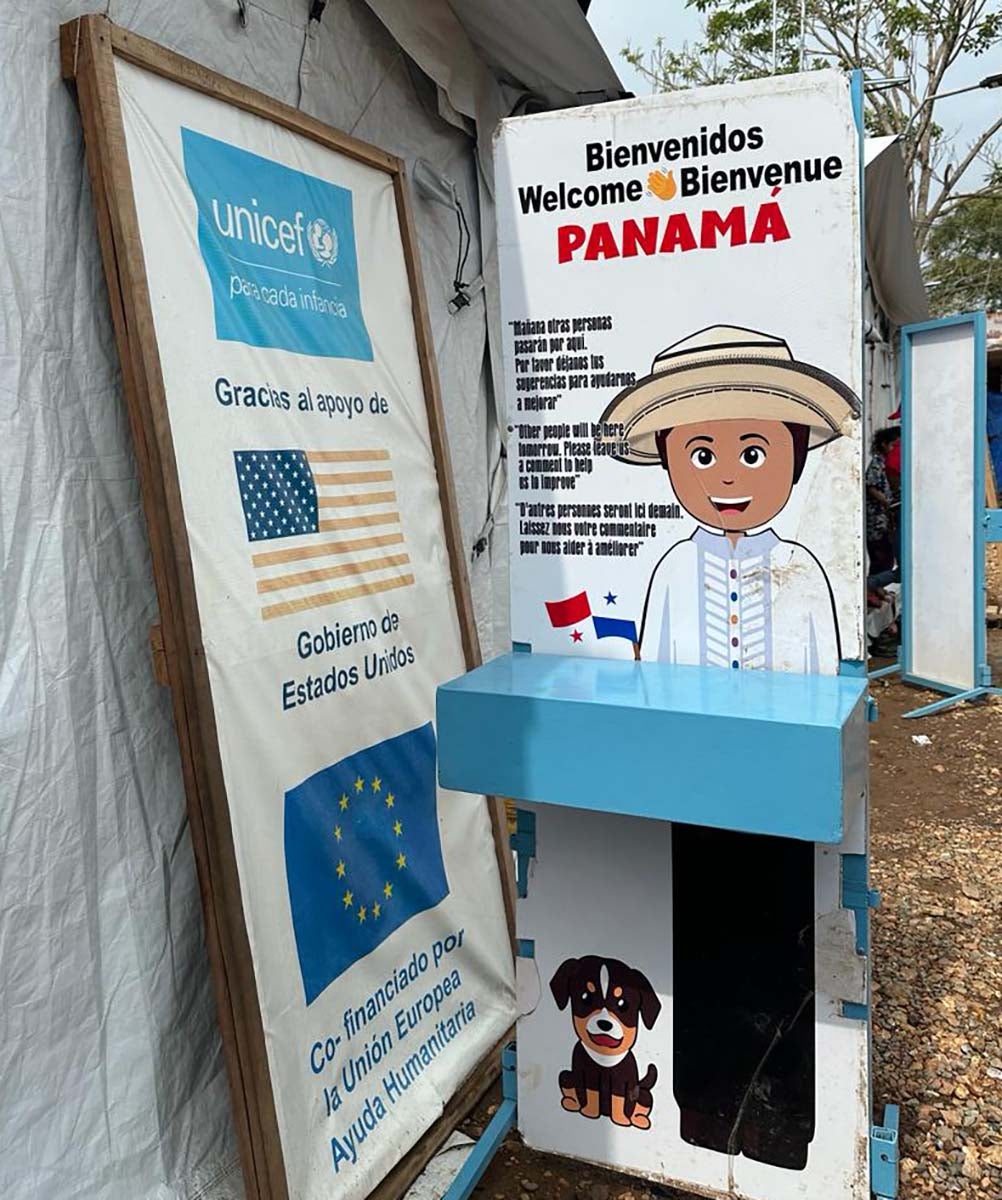
There are different needs in Colombia and in Panama due to the dynamics of transit through this region, the resources available for the journey, preexisting vulnerabilities, the multiplicity of actors, social determinants of health, and the ability to access essential services.
In Colombia, most services are provided by cooperation organizations that provide first-level care, in addition to: case management, especially for people with injuries or who have suffered accidents on the road; patients with chronic diseases who are not receiving treatment; people with communicable diseases; untreated psychiatric patients without a support network; children under 5 years of age suffering from malnutrition, acute diarrheal disease, and respiratory infection, as well as pediculosis and skin problems; pregnant women; and HIV patients, among others.
Upon arrival in Panamanian territory, more migrants have complex pathologies as a result of crossing through the Darién jungle, given the nature of the route. Health care in Bajo Chiquito and Canaán Membrillo, for example, focuses on the migrant population in need of emergency care as a result of sexual violence, skin wounds, broken bones, gastrointestinal diseases, dehydration, malnutrition, mental health problems, childbirth, and abortion-related risks, among others.
Colombia and Panama are clearly willing to establish a structured and lasting form of cooperation to speed the exchange of information and ensure the continuity of services for patients who require care in the region.
Health care of migrants, disaggregated by sex and age
Figure 4 summarizes the number of outpatient services provided by Colombia and Panama to migrants in transit in the Darien region. In Colombia, care was provided in Apartadó, Arboletes, Carepa, Chigorodó, Murindó, Mutatá, Necoclí, San Juan De Urabá, San Pedro De Urabá, Turbo, Acandí, Bahía Solano, Carmen Del Darién, Juradó, Nuquí, Riosucio, Unguía, and Montería; and in Panama, in Bajo Chiquito, Canaán Membrillo, and Laja Blanca.
In January 2024, there were 2013 outpatient consultations for migrants in Colombia; most of the outpatient care was provided to women between 19 and 20 years of age. In Panama, 1644 consultations were carried out; in this case, the care provided was mainly to women between 20 and 49 years of age. Notably, the number of consultations for children between 0 and 4 years of age has increased. This is associated with the vulnerability of this age group during transit, in both Colombia and Panama, due to the conditions they are exposed to during the journey.
As of February 2024, a total of 945 consultations for migrants had been recorded in Colombia, and 1535 in Panama. However, there were more consultations in February than in January with children between 0 and 5 years of age – the group with the highest demand for consultations – followed by women between 20 and 49 years of age. However, unlike Panama, between January and February, Colombia recorded a significant increase in the number of consultations with adolescents between 15 and 19 years of age.
It should be noted that the situation in the Darien region is an important factor in the significantly greater number of consultations in Panama than in Colombia. This is related to the availability of health services provided by the State at these border points.
Health care for migrants in transit, by geographical location
In Colombia, 44% of care was provided in the municipality of Apartadó (Figure 5), which receives the largest migrant population in the Urabá region and the ninth largest at the departmental level. The geography of this municipality is considered strategic for migrants aiming to reach Panama through the Darién border jungle, then continuing on their way to Central America and North America. According to the population projections of the National Administrative Department of Statistics, Apartadó has 127 744 inhabitants. This municipality has been described as a territory with high rates of armed conflict, in which the main victimizing factor has been forced displacement.
In Panama, 67% of care is provided in Bajo Chiquito. This is the first town where the migrants arrive, with a population of about 450 people. In Bajo Chiquito there is a health post that the ministry of health has staffed with medical personnel and supplies to assist all migrants who need emergency medical attention or a regular consultation.
Main reasons for general or outpatient consultations in the migrant population in transit in Colombia and Panama
The main reasons for medical consultations with migrants traveling through the Darien region are different in Colombia and Panama (Figure 6), given the different characteristics of the territory that migrants travel through (Figure 6). In Colombia, the main reason for consultations is oral health problems, followed by consultations about risks during pregnancy, diabetes, and hypertension. In Panama, the main reasons for consultations originate while crossing through the Darién jungle: trauma, skin infections, gastroenteritis, and rhinopharyngitis.
Main nationalities of migrants in transit who received consultations or sought health care
Of all migrants and refugees in transit, the highest number of health care visits in Colombia and Panama were by Venezuelan nationals, followed by Ecuadorians, Chinese, Haitians, and Afghanis (Figure 7); in Panama, however, Colombians are the group with the second highest number of health visits.
Emergency consultations for migrants in transit in the Darien region
In Panama, the age group with the highest demand for care was individuals between 20 and 49 years of age. In contrast to the situation in Panama, in Colombia there is significant variation in the number of consultations with children between 0 and 4 years of age, with an increase in the demand for health services in this age group; later, the figures for this age range were similar to those of Panama (Figure 8).
With regard to the main reasons for consultations in the Darien region (Figure 9), the difference between Colombia and Panama is due to the characteristics of the territory through which migrants travel. In Colombia in the month of January, for example, these causes are related to dyspepsia and fever, while in Panama, consultations are related to transit across the Darien jungle, involving myalgia, gastroenteritis, and rhinopharyngitis, among others.
The age ranges for hospitalizations vary between Panama and Colombia (Figure 10). In Panama, the highest number of hospitalizations is in the 0 to 5-years age group. In Colombia, the highest number of hospitalizations was among those between 25 and 59 years of age, and was mainly related to the lack of availability of services along access routes. The humidity and climatic changes in the jungle may explain the hospitalization of children in Panama. The main causes of hospital admission in this age group are respiratory infections and gastrointestinal problems (Figure 11). On the other hand, the main causes of admission in Colombia are related mainly to chronic diseases, oral diseases, hand injuries, and health risks during pregnancy.
